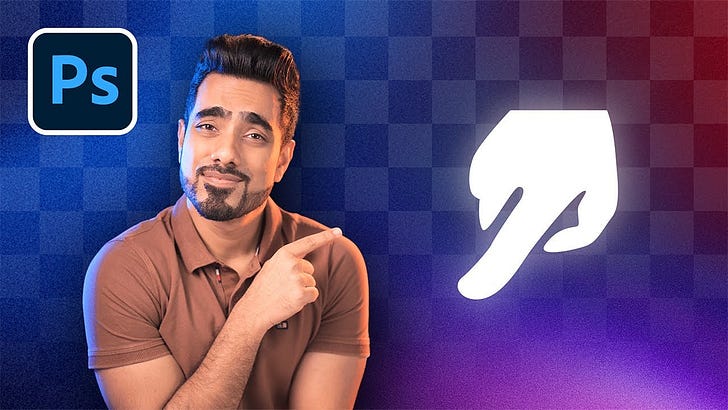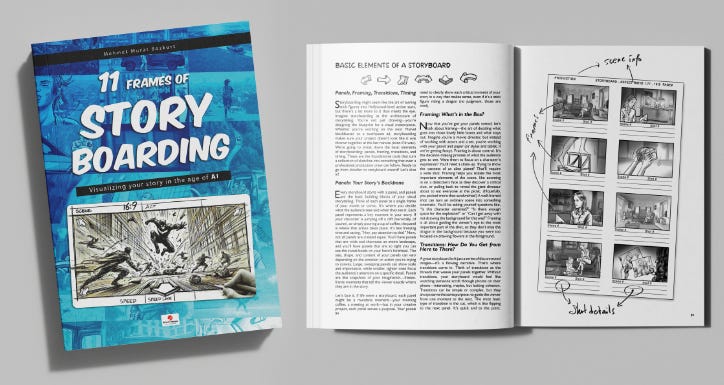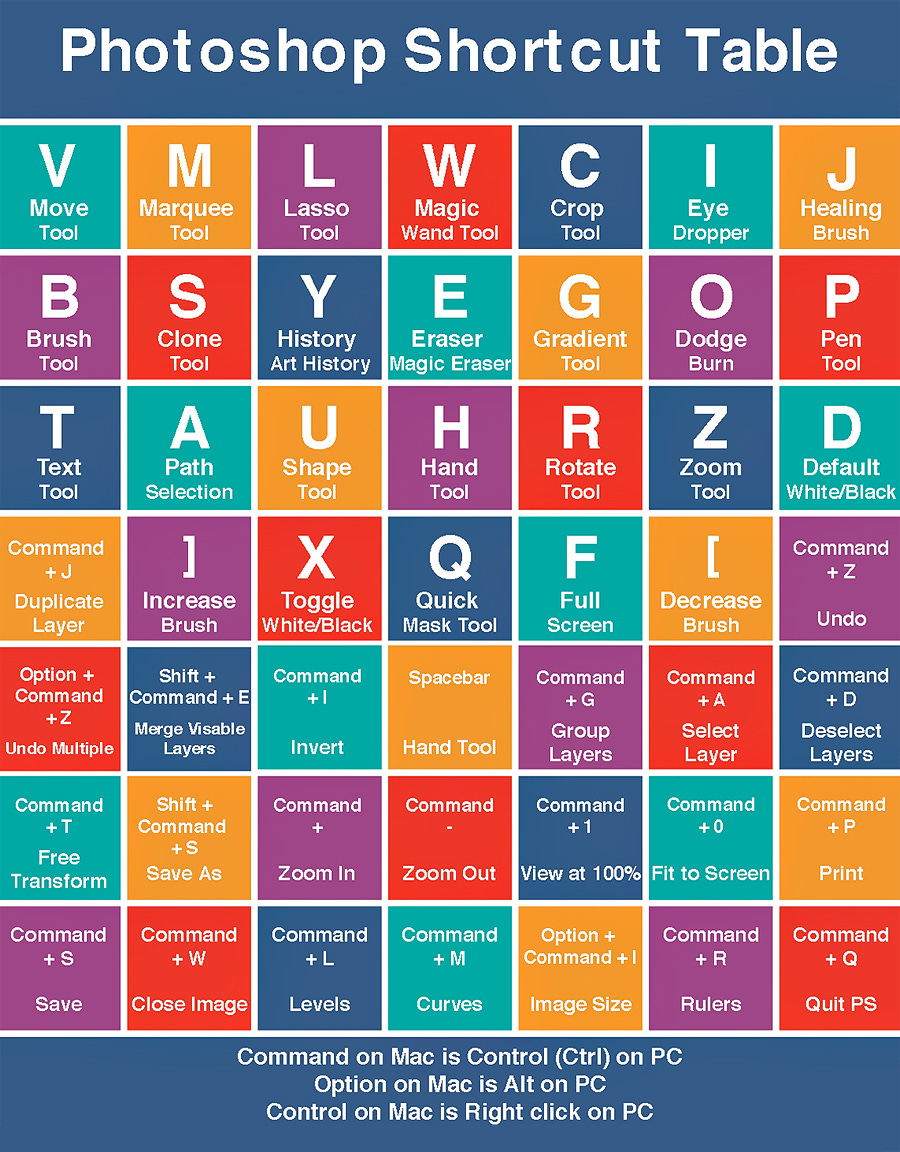This Tool is Useless... Until You Use it Like This!
--- Photoshop User's Newsletter --- Unlock Your Creativity: Tips, Tutorials, and the Latest in Adobe Photoshop
In this video, the host highlights the practical applications of the often-underestimated Smudge and Blur tools in Photoshop, especially for photo masking. The Smudge tool is shown to be highly effective in softening edges of selections, creating a more natural, blended look, particularly when working with shallow depth of field. The Blur tool complements this by softening harsh edges in masks. The video also covers the new Cloud-based 'Select Subject' feature in Photoshop, which improves selections, especially for complex areas like hair. The tools, when used together, offer powerful ways to refine photo composites with realistic results.
Takeaways
The smudge tool can be useful for softening edges when working with masking in Photoshop, especially when edges are harsh.
When using the smudge tool, adjust the brush size with square bracket keys for more precise control.
The smudge tool not only pushes pixels but can also create softer, more natural-looking edges when used correctly.
The latest version of Photoshop's select subject tool (cloud-based) offers better precision, especially for finer details like hair.
After creating a mask, if edges appear harsh, the smudge tool can be used to push them in or pull them out to achieve a smoother transition.
In cases where you want to blur areas instead of pushing them, the blur tool can be used to soften edges and make composites look more realistic.
Using the blur tool on masks can help match the blur of surrounding areas, ensuring the composition looks more seamless and natural.
The pen tool is recommended for creating smooth, curved selections, but it may require refinement with the smudge or blur tools afterward.
The combination of the smudge and blur tools in Photoshop allows for quick adjustments to edges, offering a more realistic and polished final result.
Photoshop offers both regular and cloud-based select subject technologies; the cloud-based version can provide better selections for complicated areas like out-of-focus objects.
11 Frames of Storyboarding
Are you ready to turn your wildest ideas into captivating visual stories? Whether you’re dreaming of crafting epic films, designing dynamic comic panels, or creating engaging game narratives, 11 Frames of Storyboarding is your ultimate guide to bringing those visions to life for film, comics, games, and other media.
This isn’t just another how-to book—it’s your creative companion, packed with insights, tips, and practical techniques to help you master the art of storytelling. With a friendly and humorous tone, I’ll guide you through every step of the process, from sketching your first frame to refining a full narrative sequence.
Why settle for vague ideas in your head when you can bring them to life with clarity and purpose? With over [XX] visual examples, real-world applications, and insider advice, this book empowers you to:
Sketch compelling visuals that tell a story at a glance
Build seamless story arcs for film, animation, and beyond
Design immersive narratives for video games
Master storyboarding techniques professionals swear by
Whether you're a seasoned artist or just starting, this book has something for everyone. Don’t let your ideas gather dust—grab 11 Frames of Storyboarding and start creating today!
✨ Click here to learn more and grab your copy!
Print and e-book versions are available.
Let’s bring your stories to life—one frame at a time.
Warmly,
Mehmet Murat Bozkurt
Author of “11 Frames of Storyboarding”








